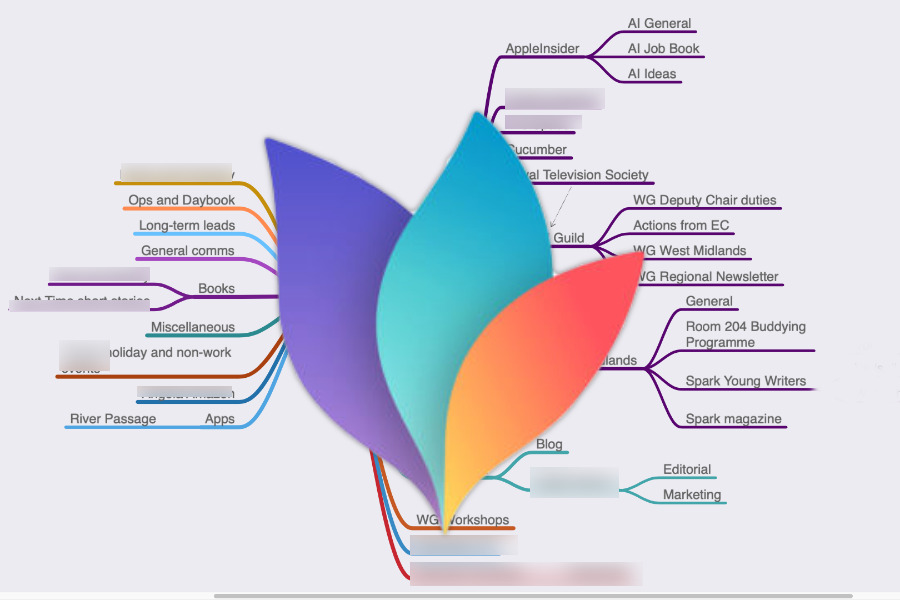


Building a clear context before, during, and after study or tutor sessions.Mind maps are extremely useful for three main purposes in language learning:

How can mind maps used in language learning? Don’t worry if you look childish this is one time when doodling is actually constructive!
#Spatial mind organizer full
It harnesses the full range of cortical skills – word, image, number, logic, rhythm, colour and spatial awareness – in a single, uniquely powerful manner. “A Mind Map is a powerful graphic technique which provides a universal key to unlock the potential of the brain. All rights reserved.British author, speaker, and memory master Tony Buzan defines mind maps as follows: The way we habitually organize information in the external world may bias the way we organize information in our WM.Īnalogical mind Blindness Ordinal position effect Space Working memory.Ĭopyright © 2016 Elsevier Ltd. These practices are largely precluded to EB individuals, who instead rely to mnemonic devices that are less spatially organized (e.g., recordings, vocal notes). The analogical spatial structure of WM may depend in part on the actual experience of using spatially organized devices (e.g., notes, whiteboards) to offload WM. These results suggest that early visual experience plays a critical role in linking ordered items in WM and spatial representations.
#Spatial mind organizer serial
In contrast, EB participants did not show any association between space and serial position in WM. The same effect was observed in LB individuals. Replicating previous studies, left-key responses were faster for early items in the list whereas later items facilitated right-key responses in the sighted group.

We tested early blind (EB), late blind (LB) and sighted individuals in an auditory WM task. In the present study we tested whether visual experience is instrumental in establishing the link between serial order in WM and spatial processing.
#Spatial mind organizer series
What drives this spatial mapping of ordered series in WM remains poorly understood. This suggests that maintaining items in verbal WM is performed in strong analogy to writing these items down on a physical whiteboard for later consultation (The Mental Whiteboard Hypothesis). For a list of ordered items held in WM, items at the beginning of the list are associated with the left side of space and items at the end of the list with the right side. Several studies suggest that serial order in working memory (WM) is grounded on space.


 0 kommentar(er)
0 kommentar(er)
